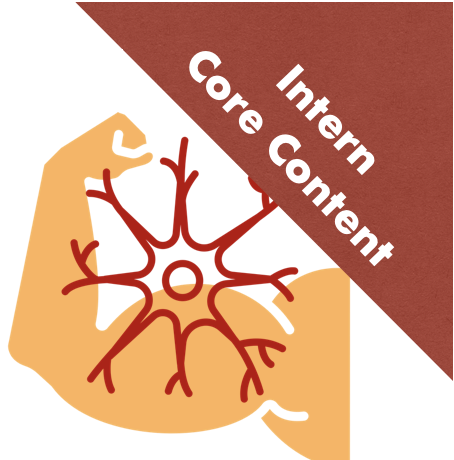A hernia is described as, “the abnormal protrusion of abdominal contents through a defect involving the normal confines of the abdominal compartments” (9). It often involves a portion of the intestine protruding through a weak point of the abdominal wall. The location and size of the hernia often determines the symptoms and complications that a patient will present with.
There are several risk factors that make developing a hernia more likely. Older patients and those who have had prior abdominal surgery may have weaker abdominal muscles or connective tissue which would make it easier for a hernia to develop. In addition, if there is increased abdominal pressure, such as patients with obesity, or those who participate frequently in weightlifting, this is another factor that may put someone at a higher risk of developing a hernia. Finally, those with poor wound healing, such as people who smoke often or patients with diabetes, may be at risk for incisional hernias. (6)
Read More


















